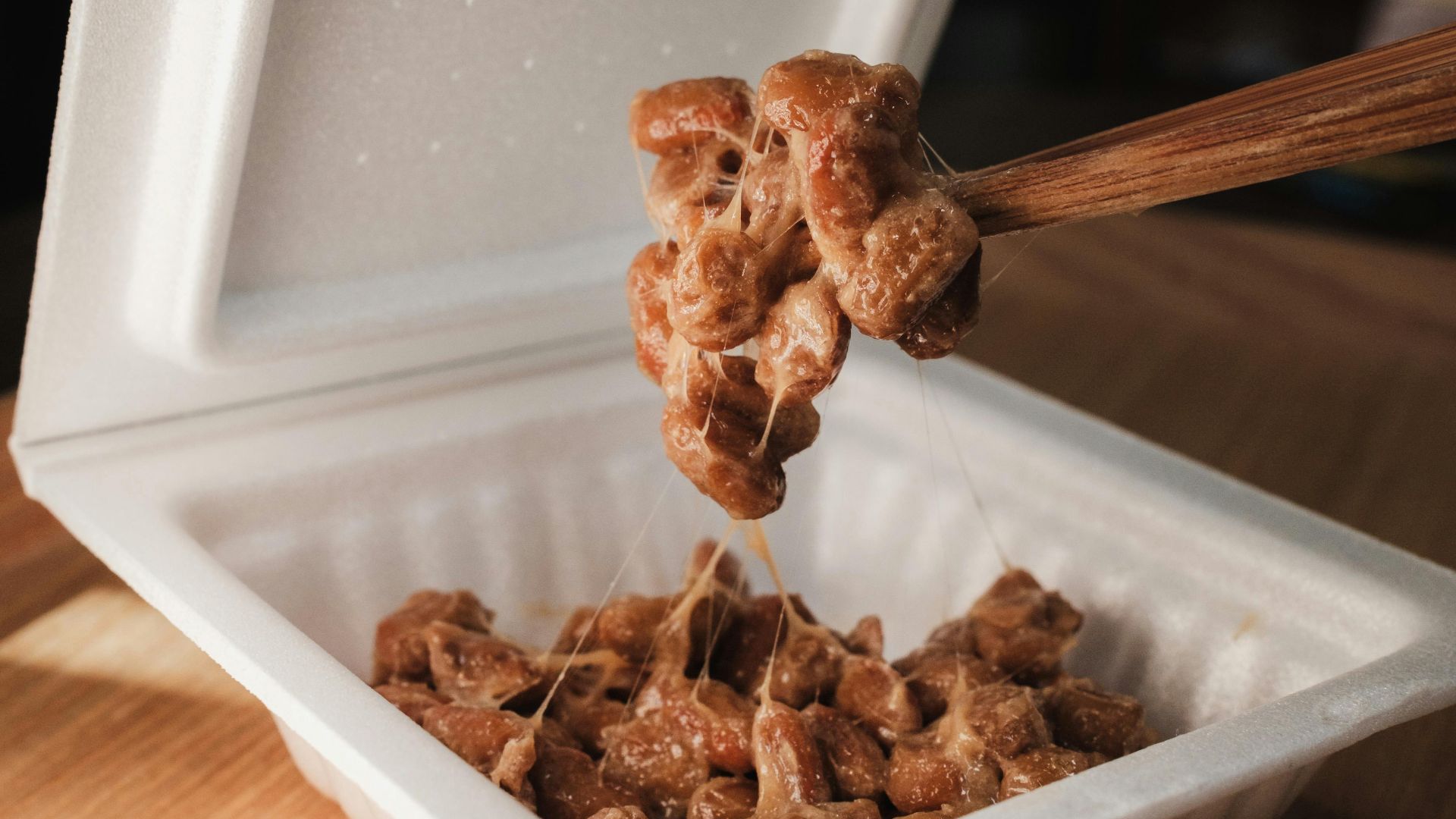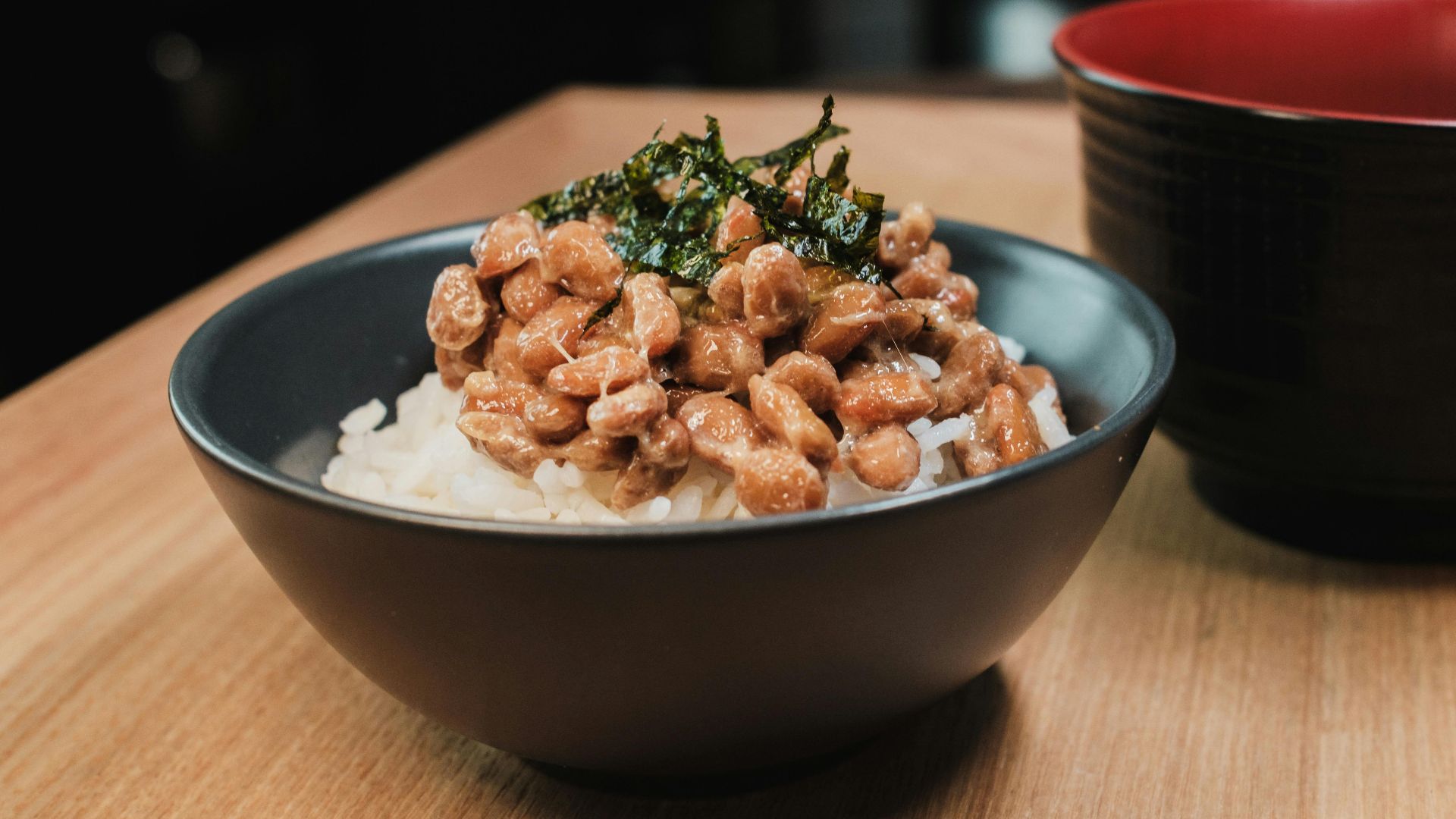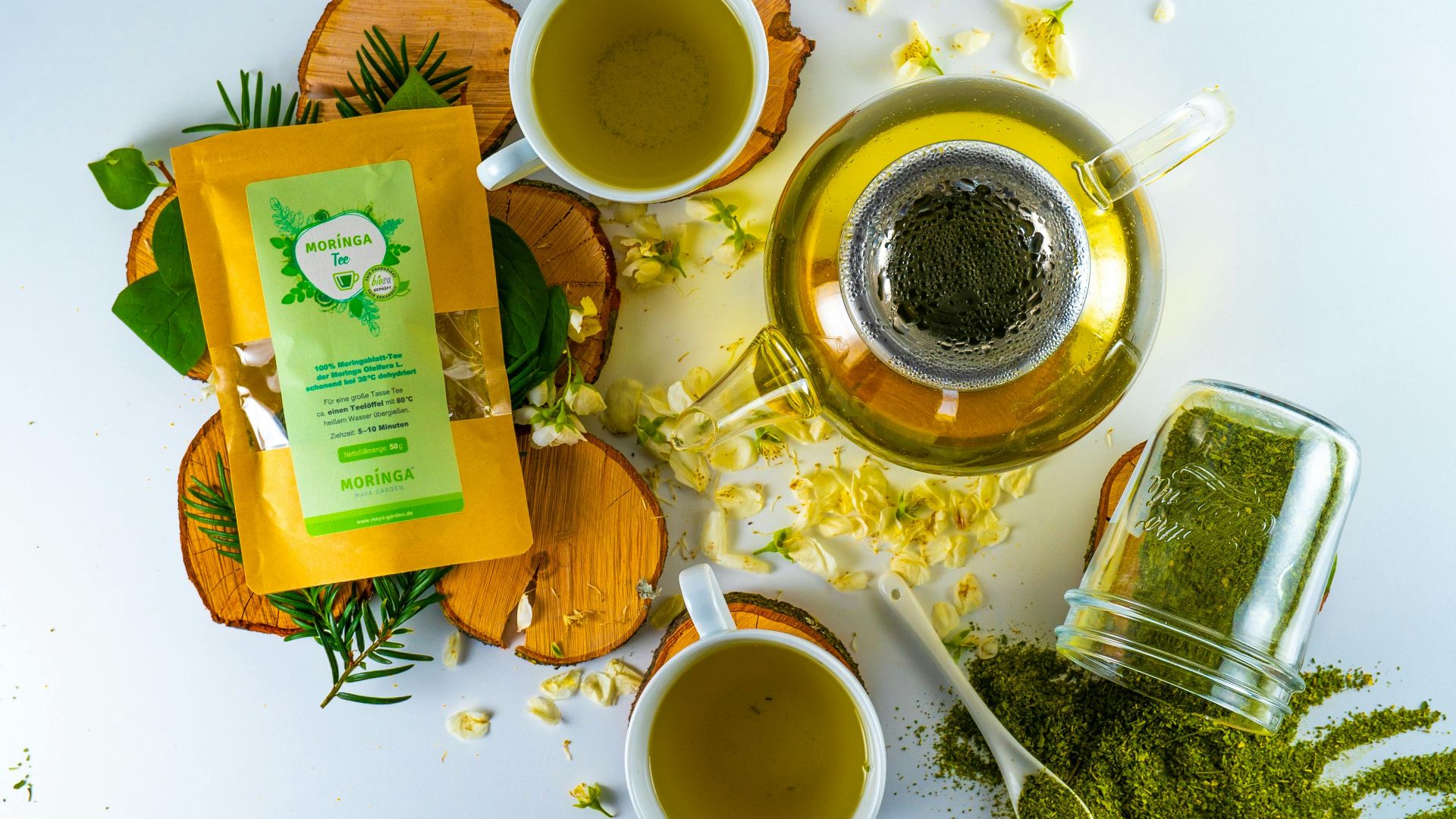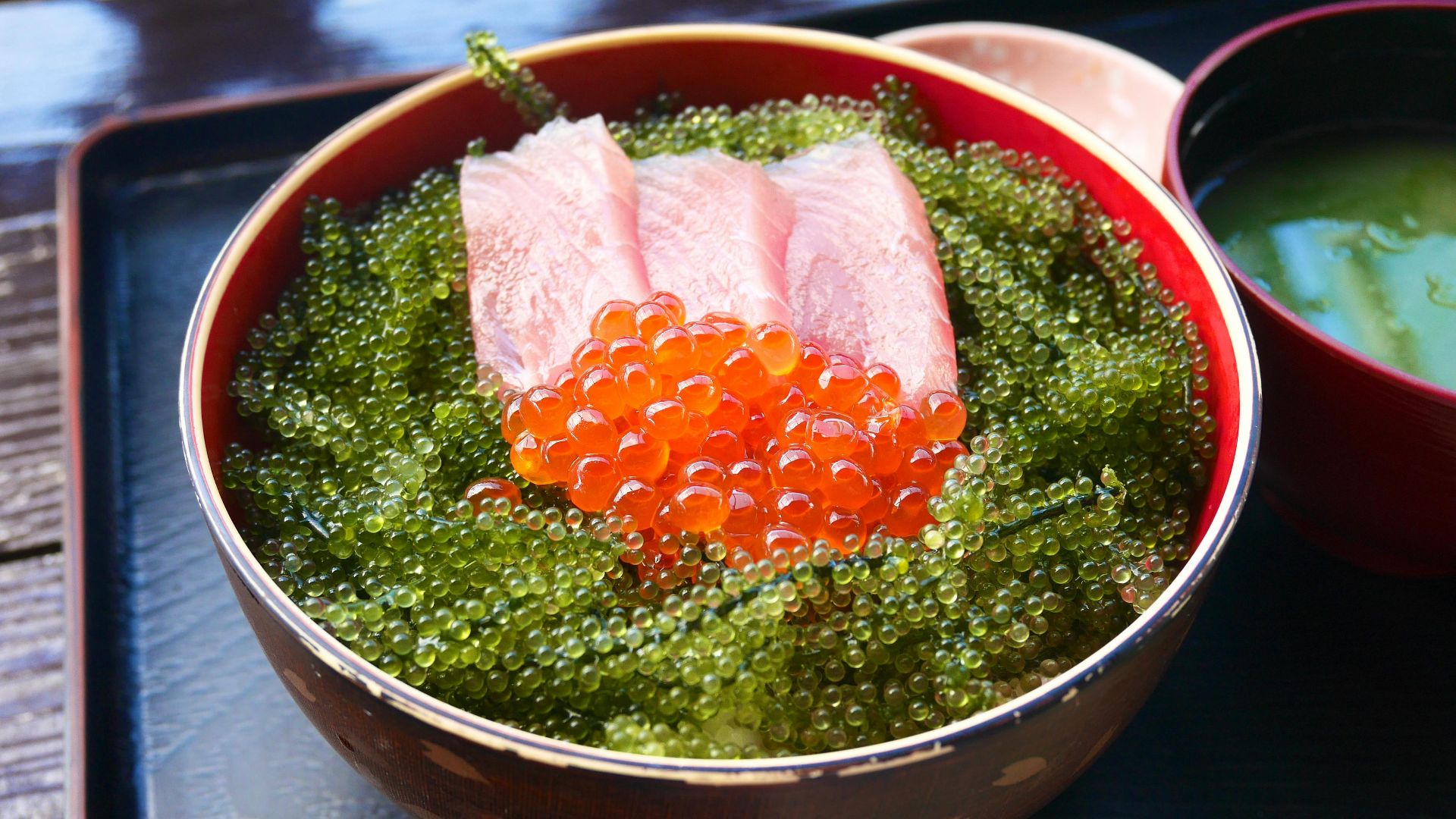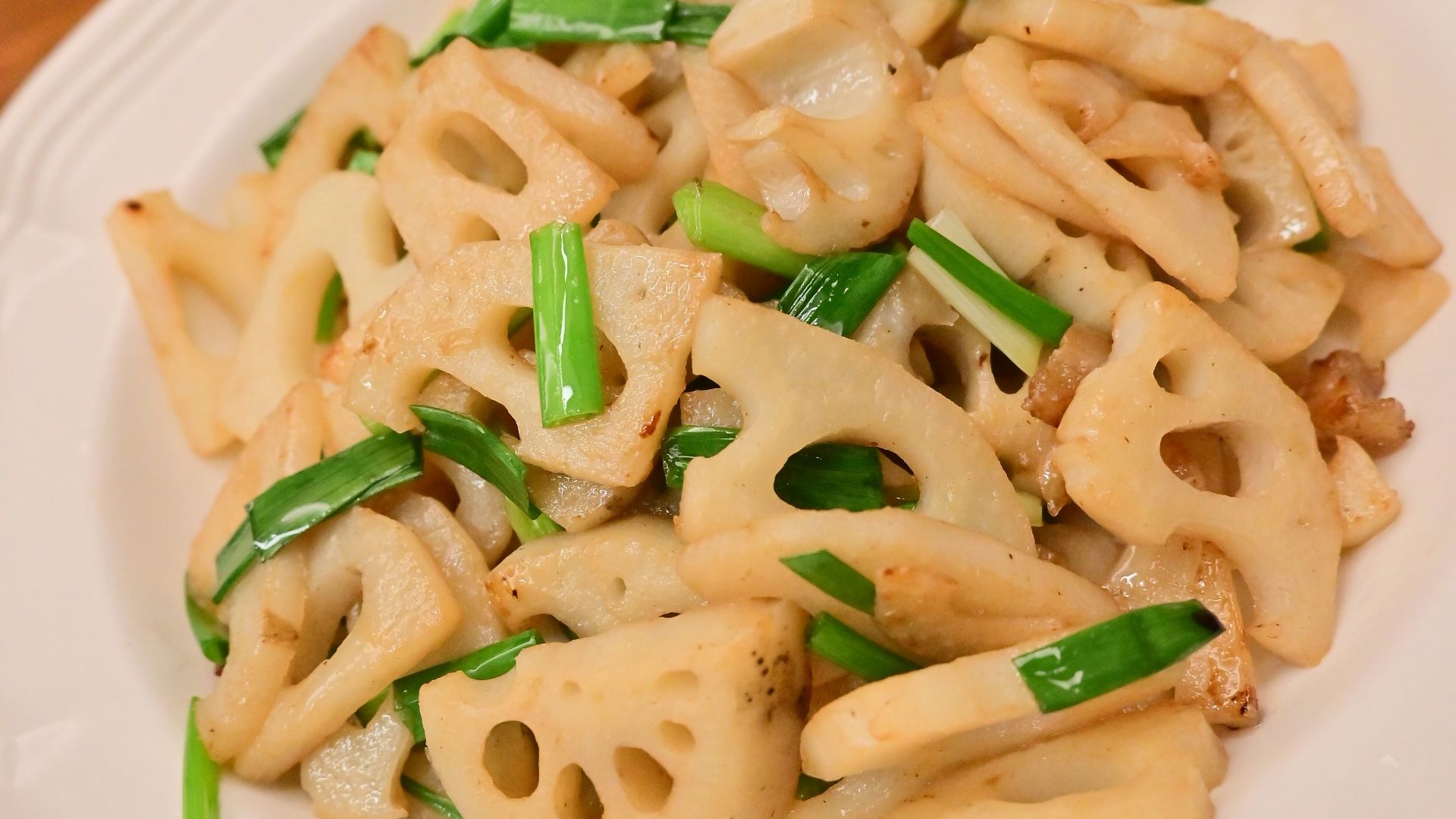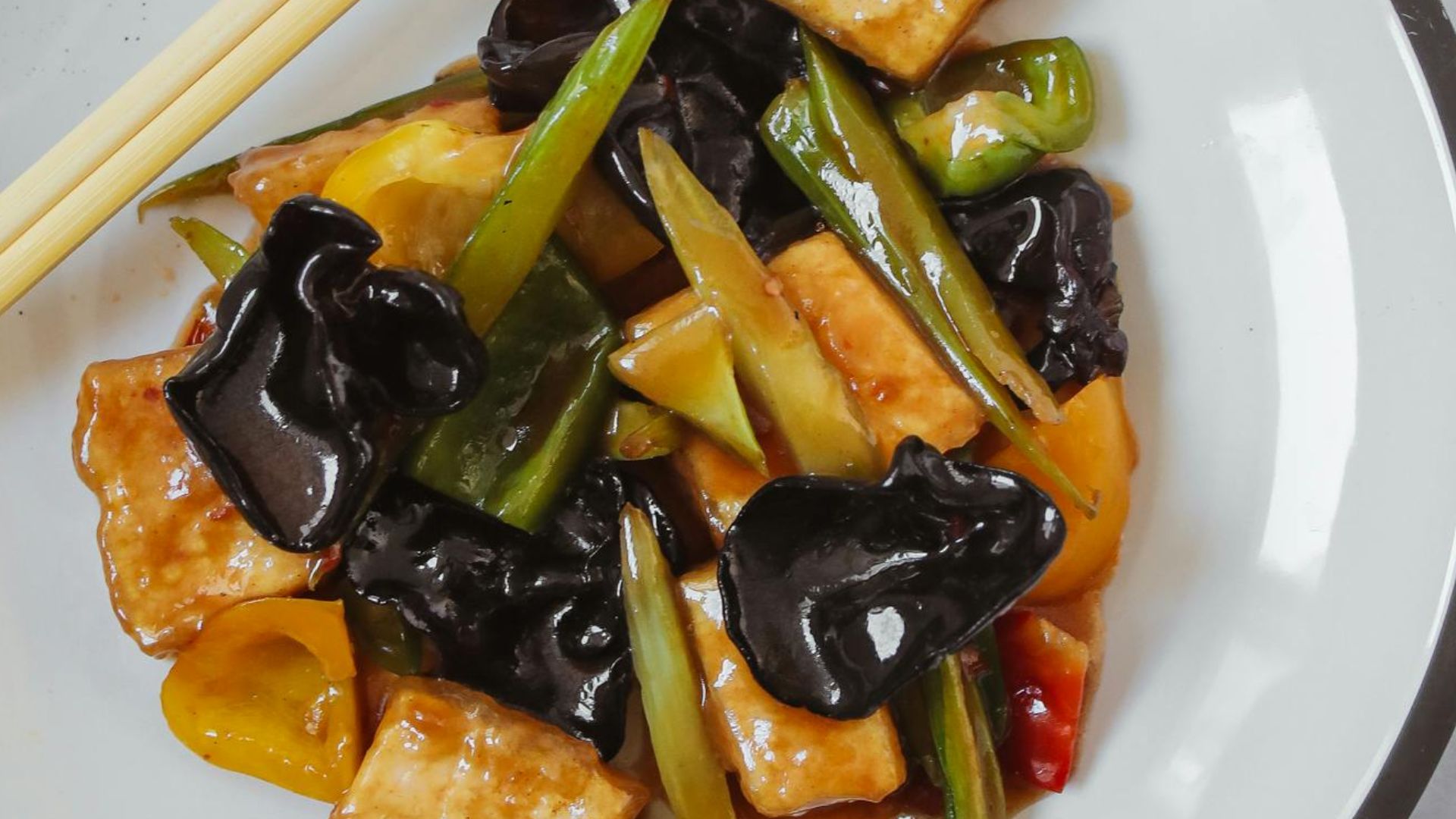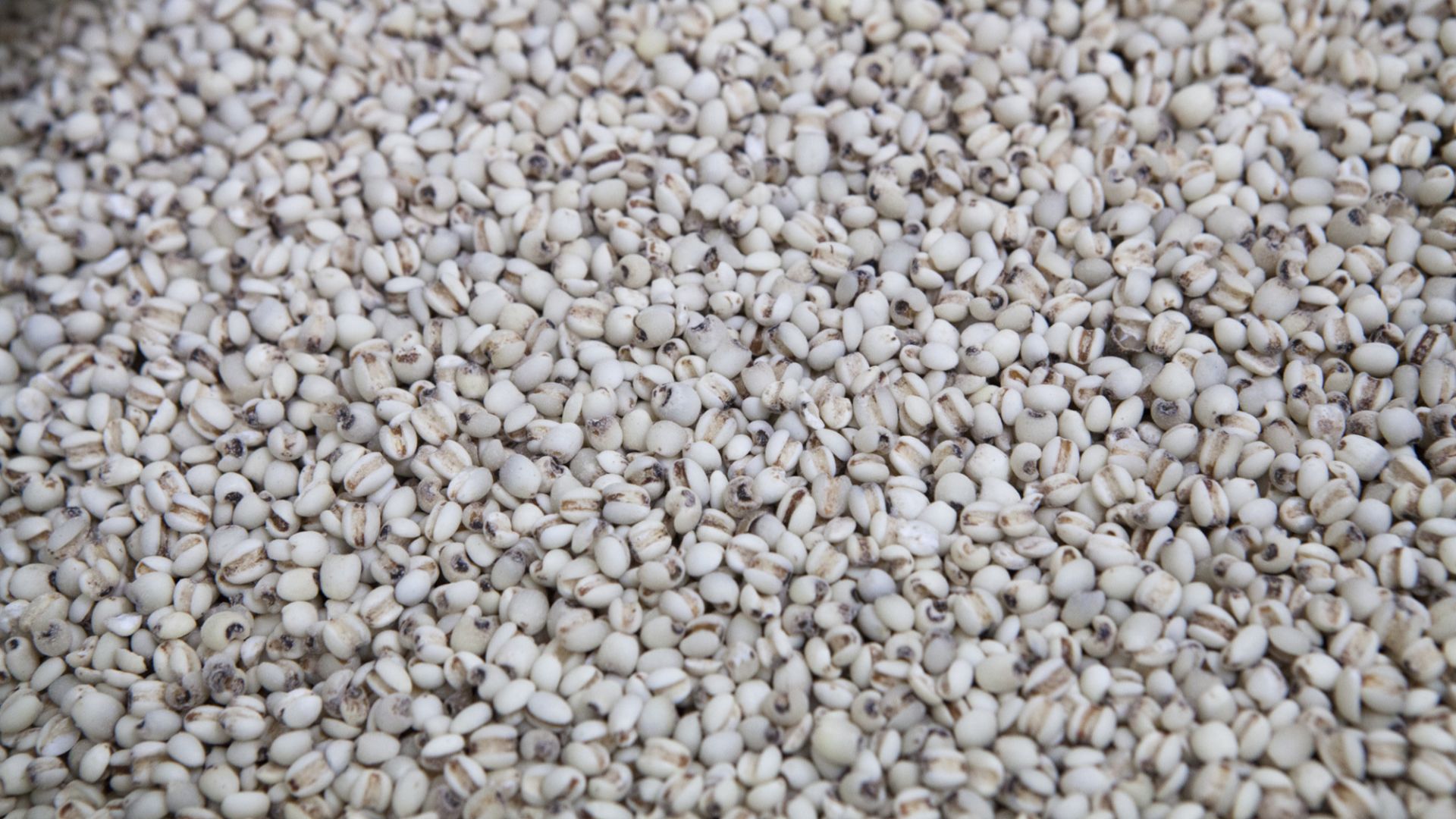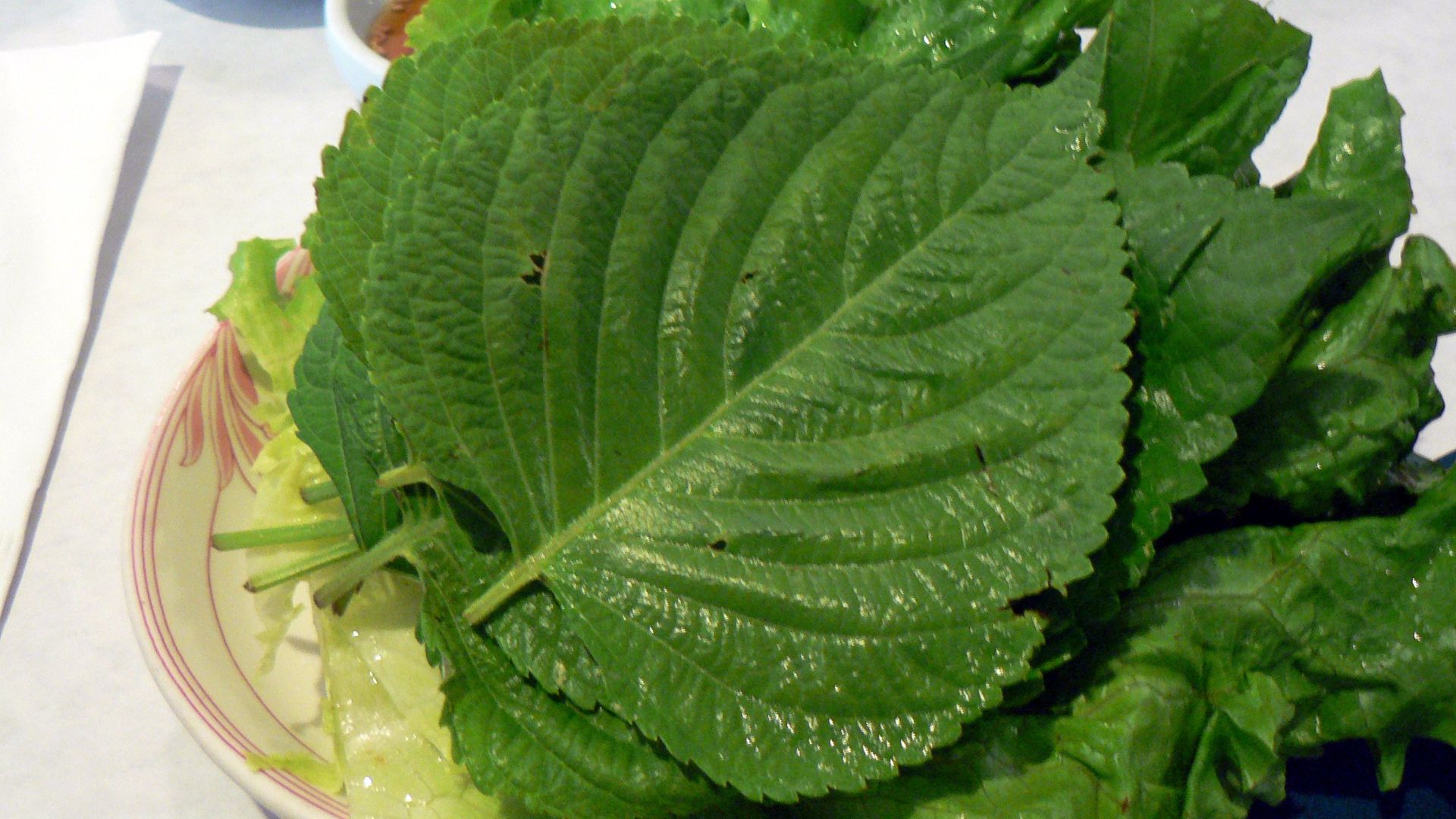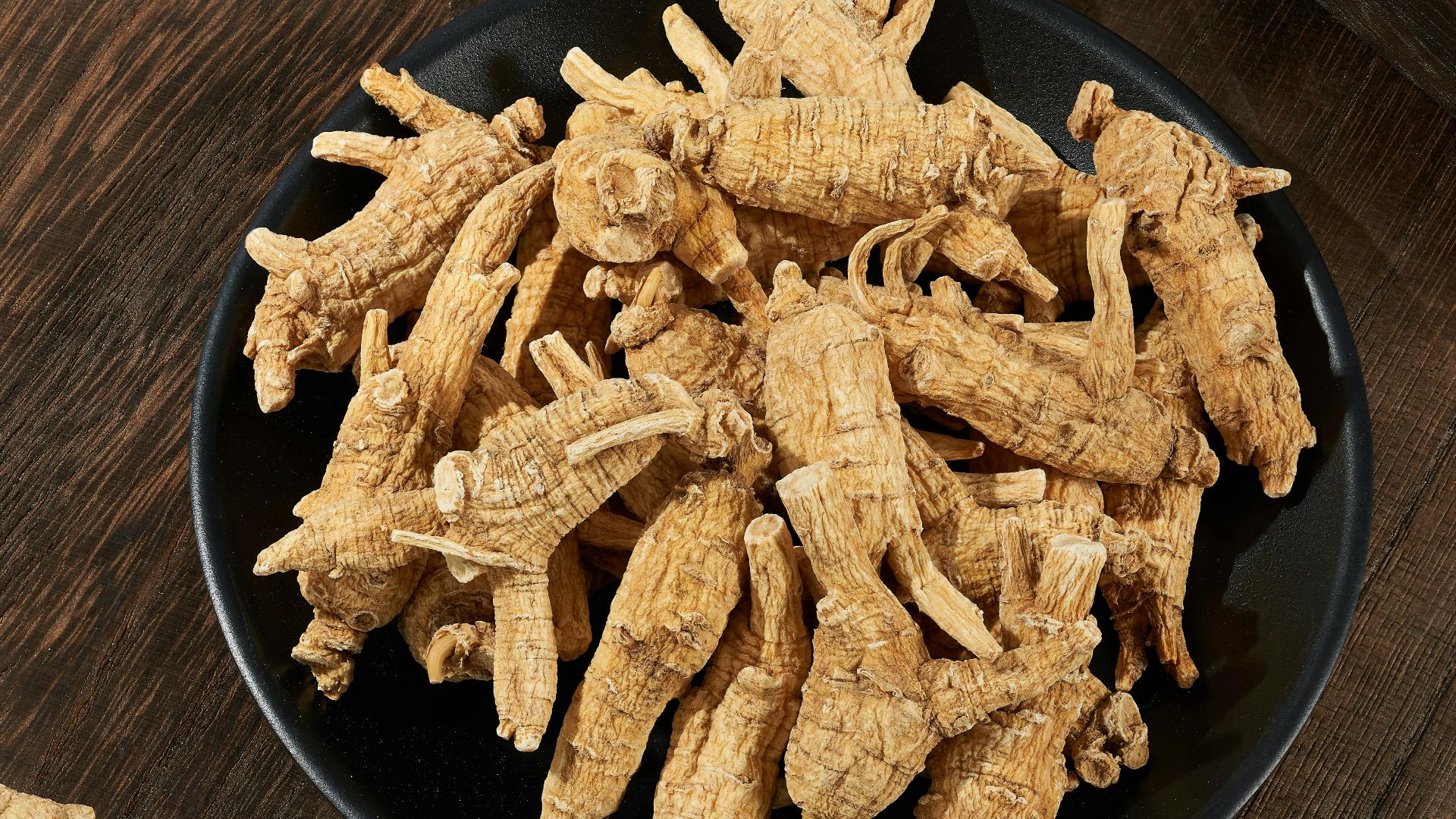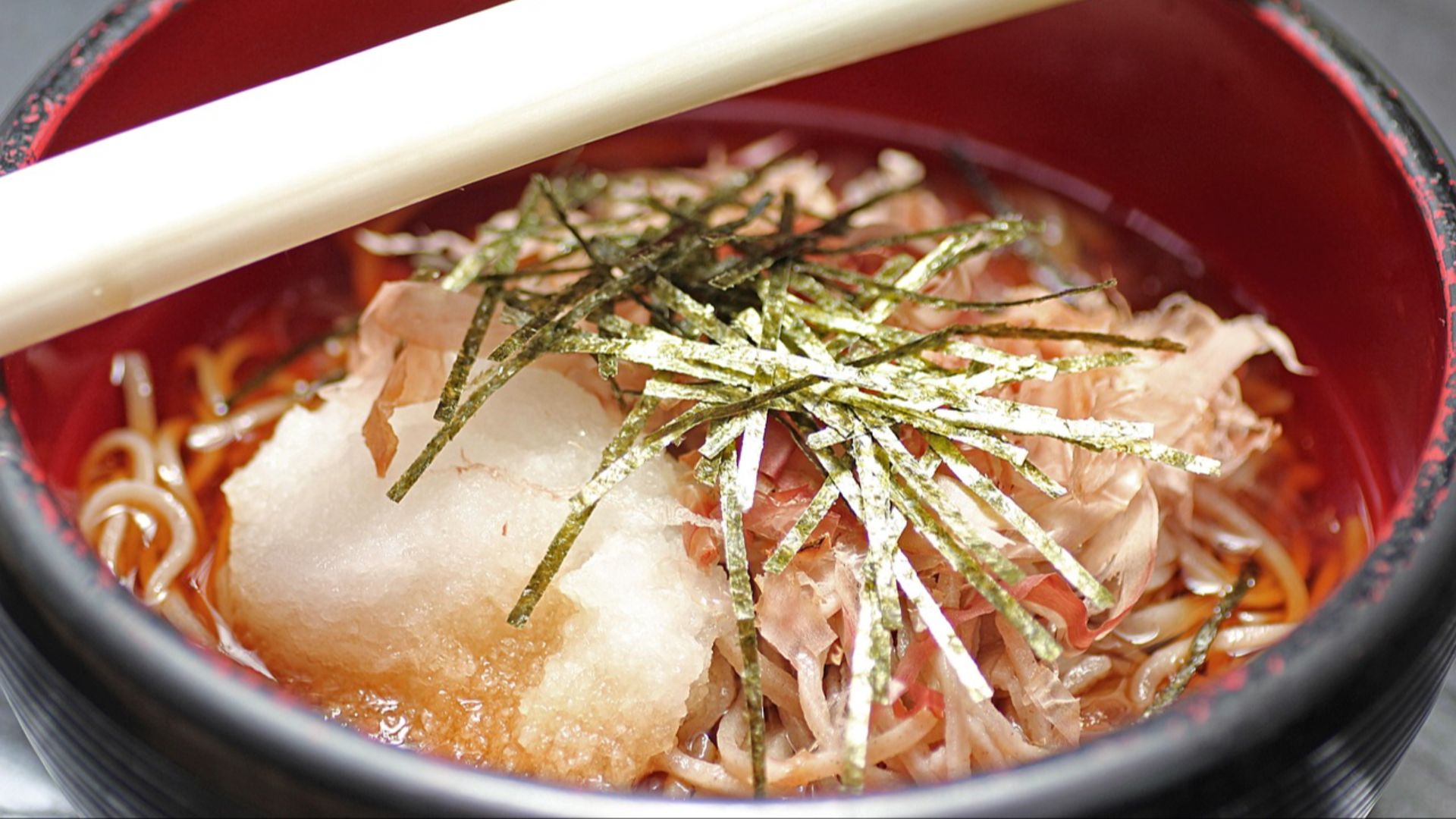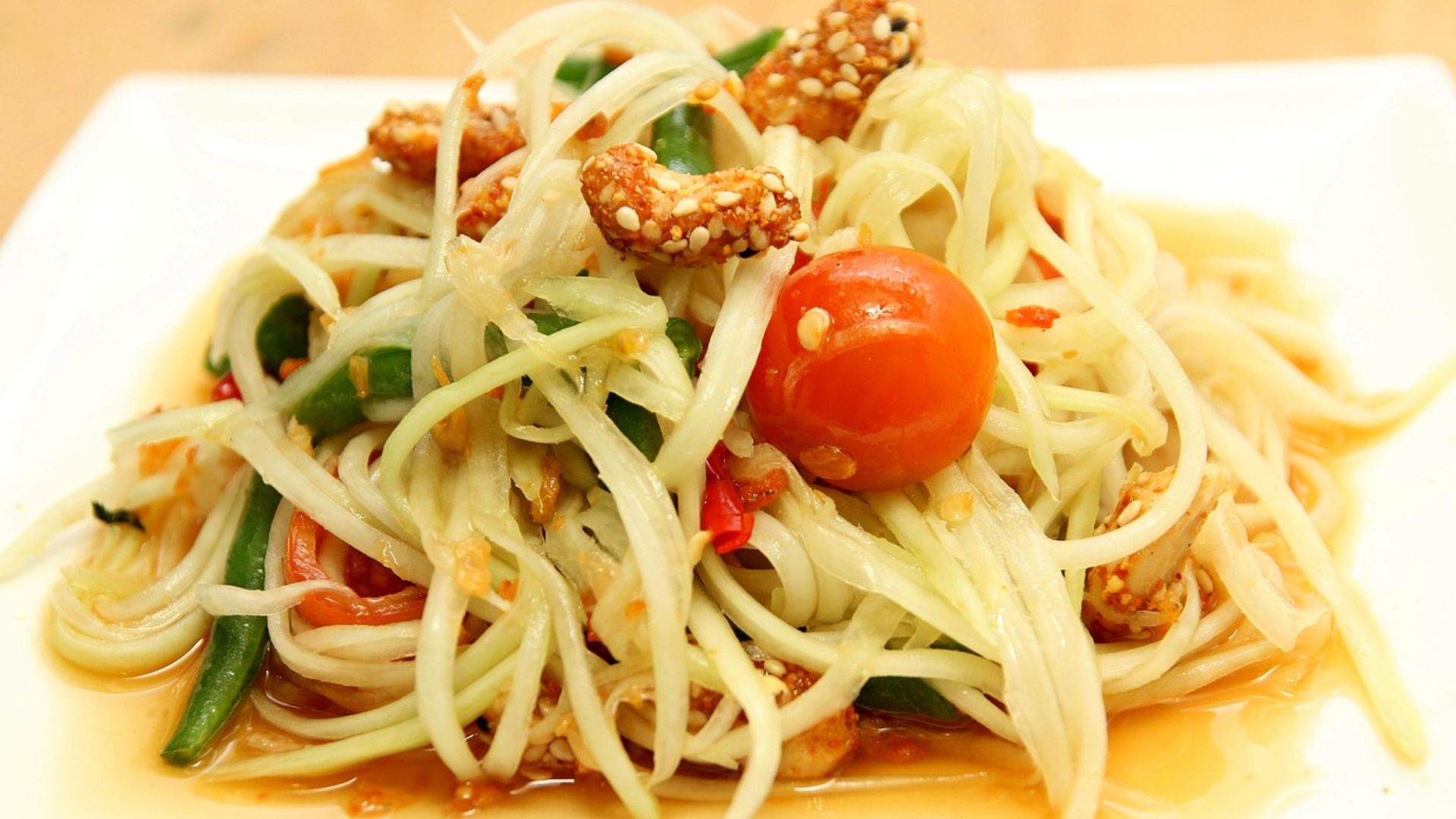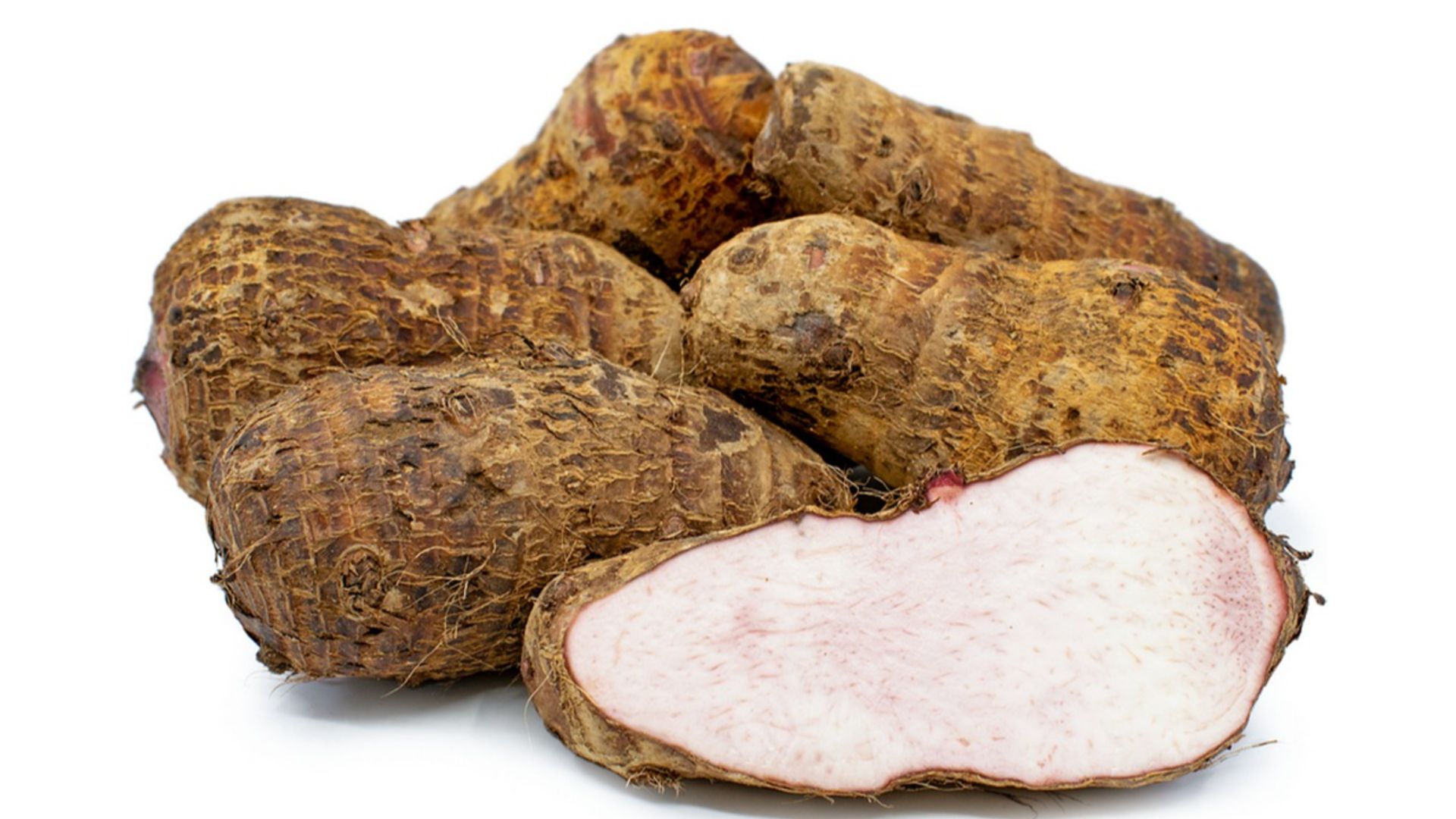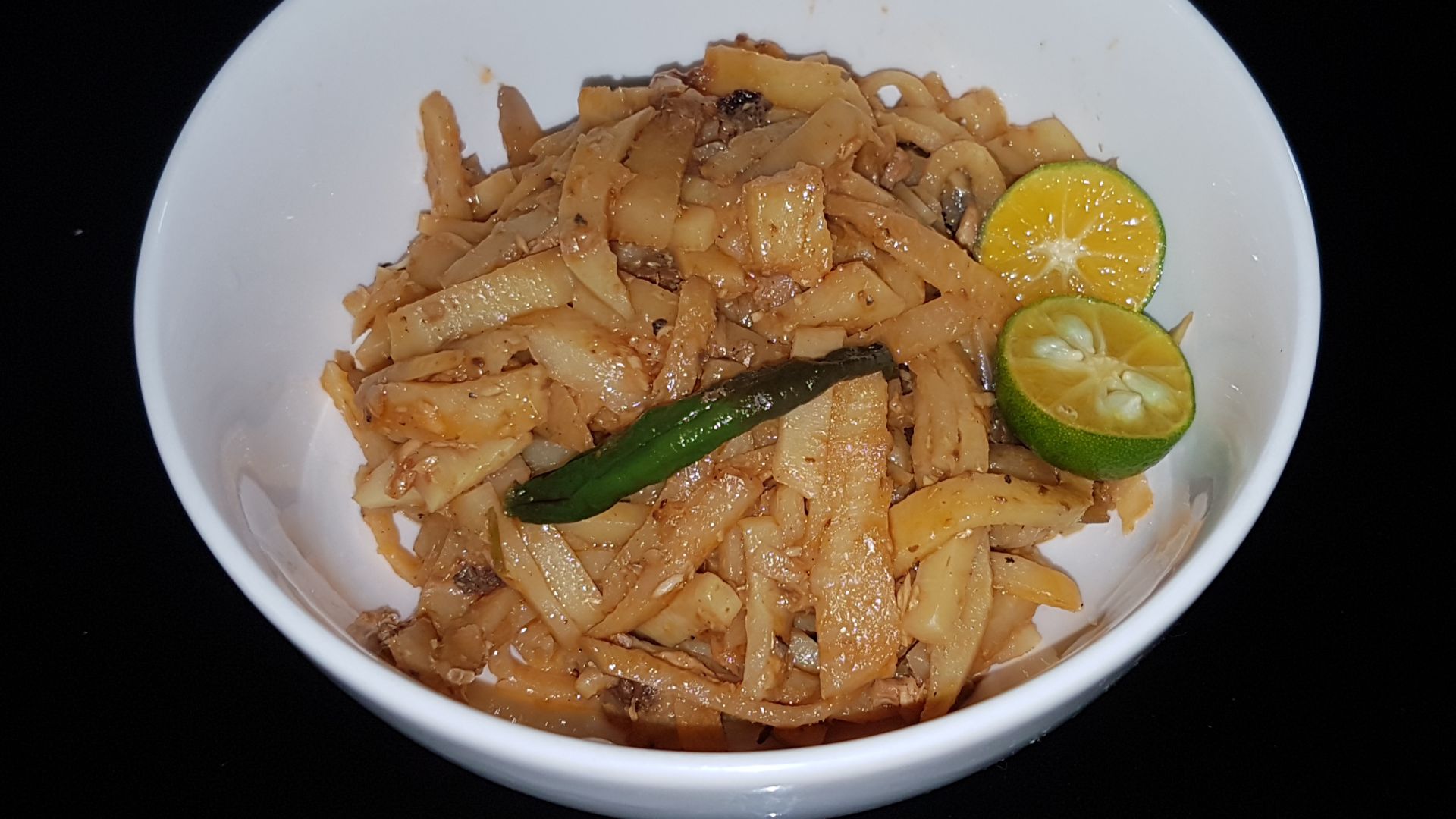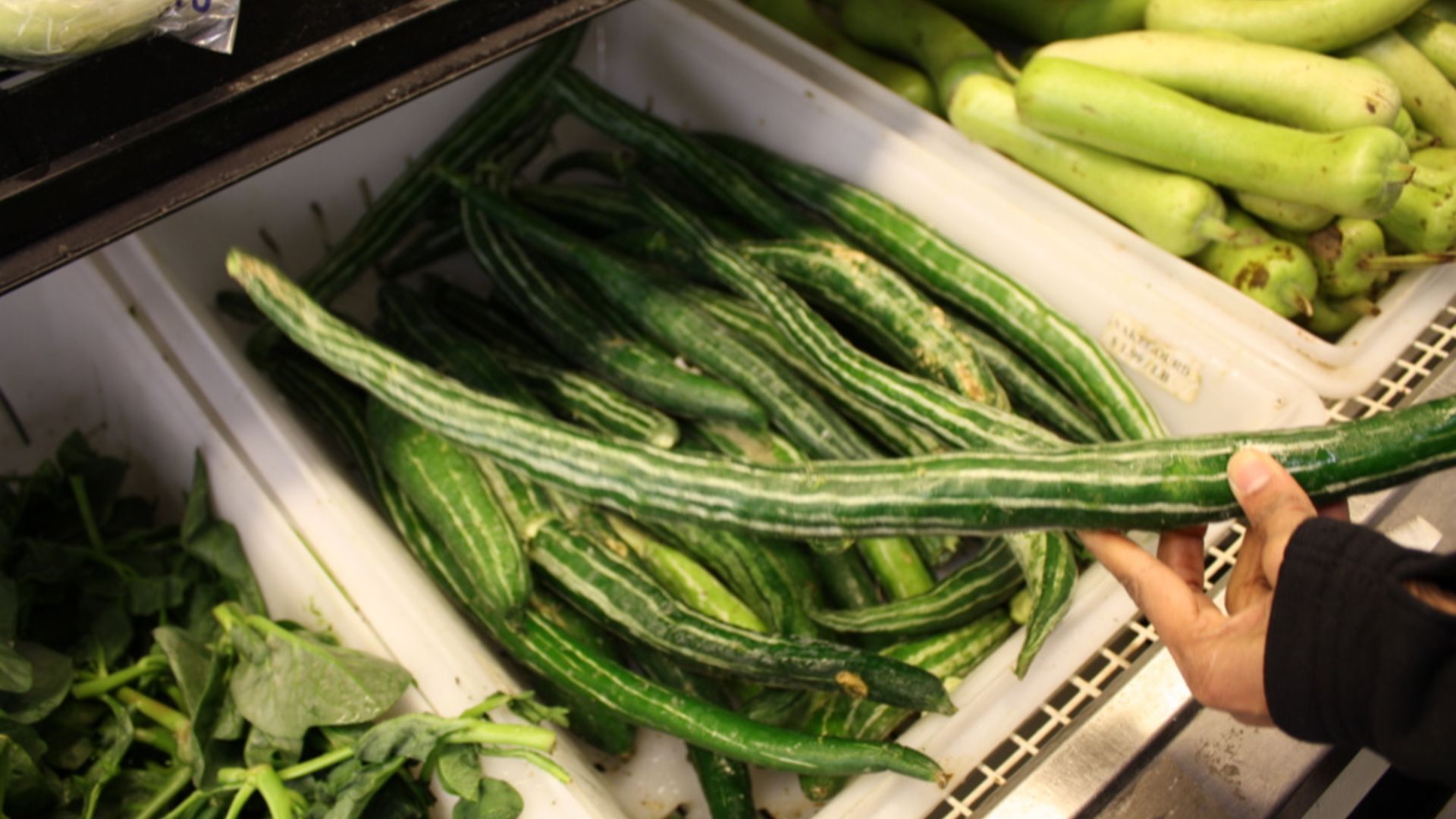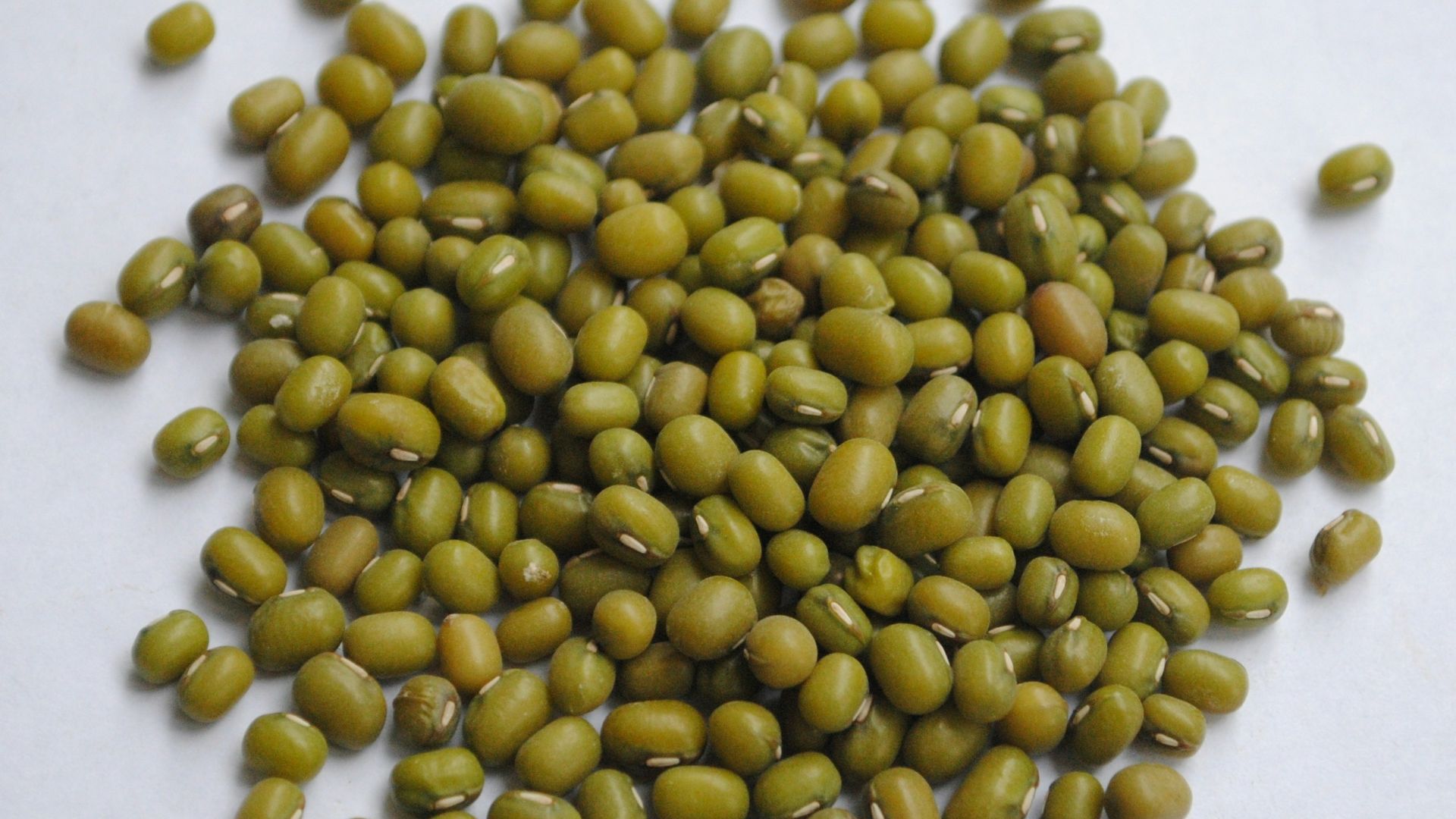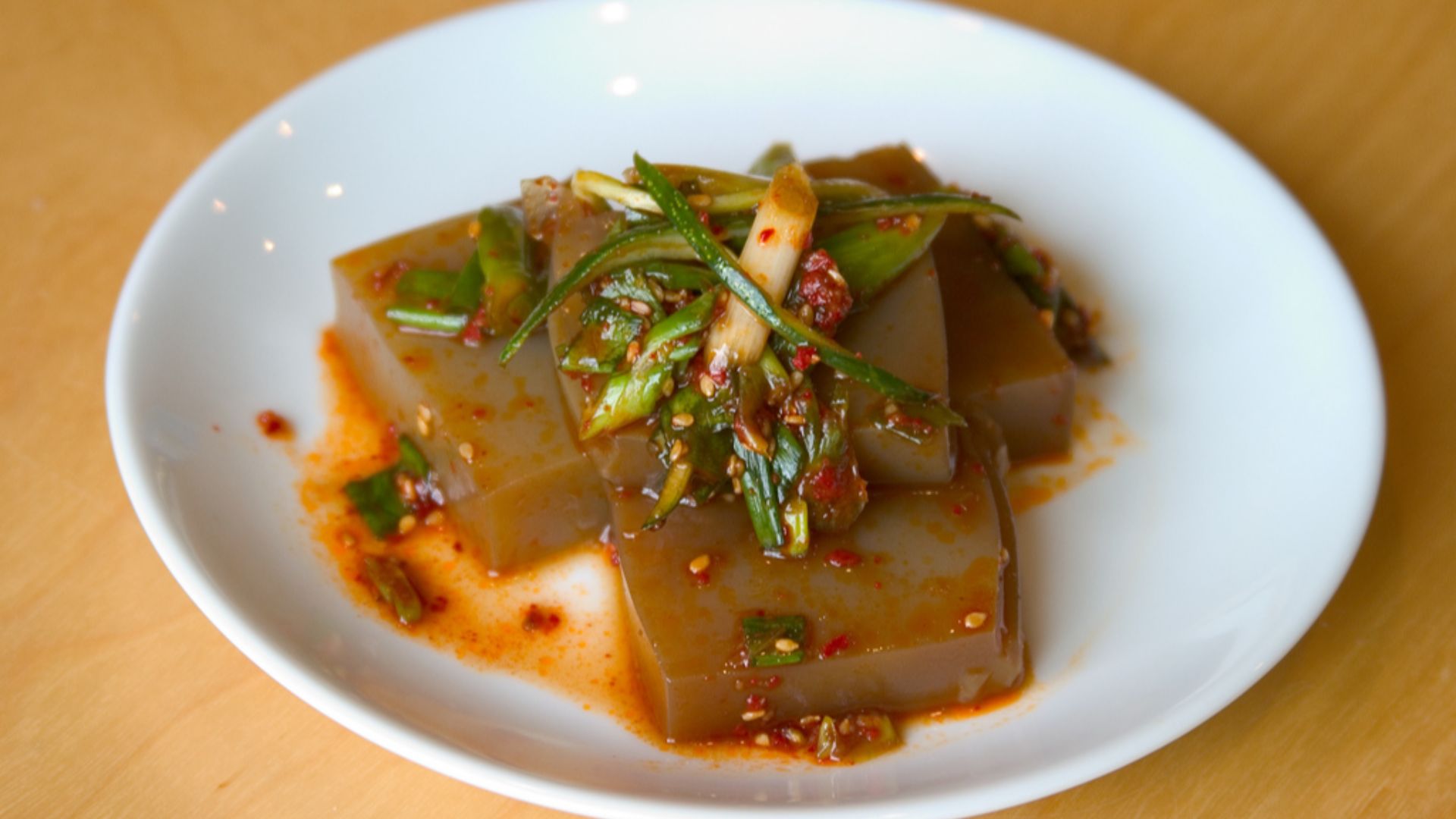Healthy Foods From Unfamiliar Sources
We're used to hearing about the healthy avocados and cucumbers of America, but remember, there's a whole lot more to this planet than just North America. Let's travel to the other side of the world, exploring healthy foods that come from Asia you've likely never heard of before. Here are 20 great examples, hopefully giving you new creative ideas to come up with healthy dishes.
1. Burdock Root
A popular ingredient often sautéed or simmered in traditional Japanese cuisine, burdock root is a healthy, low-calorie vegetable known for its earthy flavor and fibrous texture. Containing a prebiotic fiber called inulin that boosts gut health, it's also known for its anti-inflammatory properties and ability to help with various skin issues.
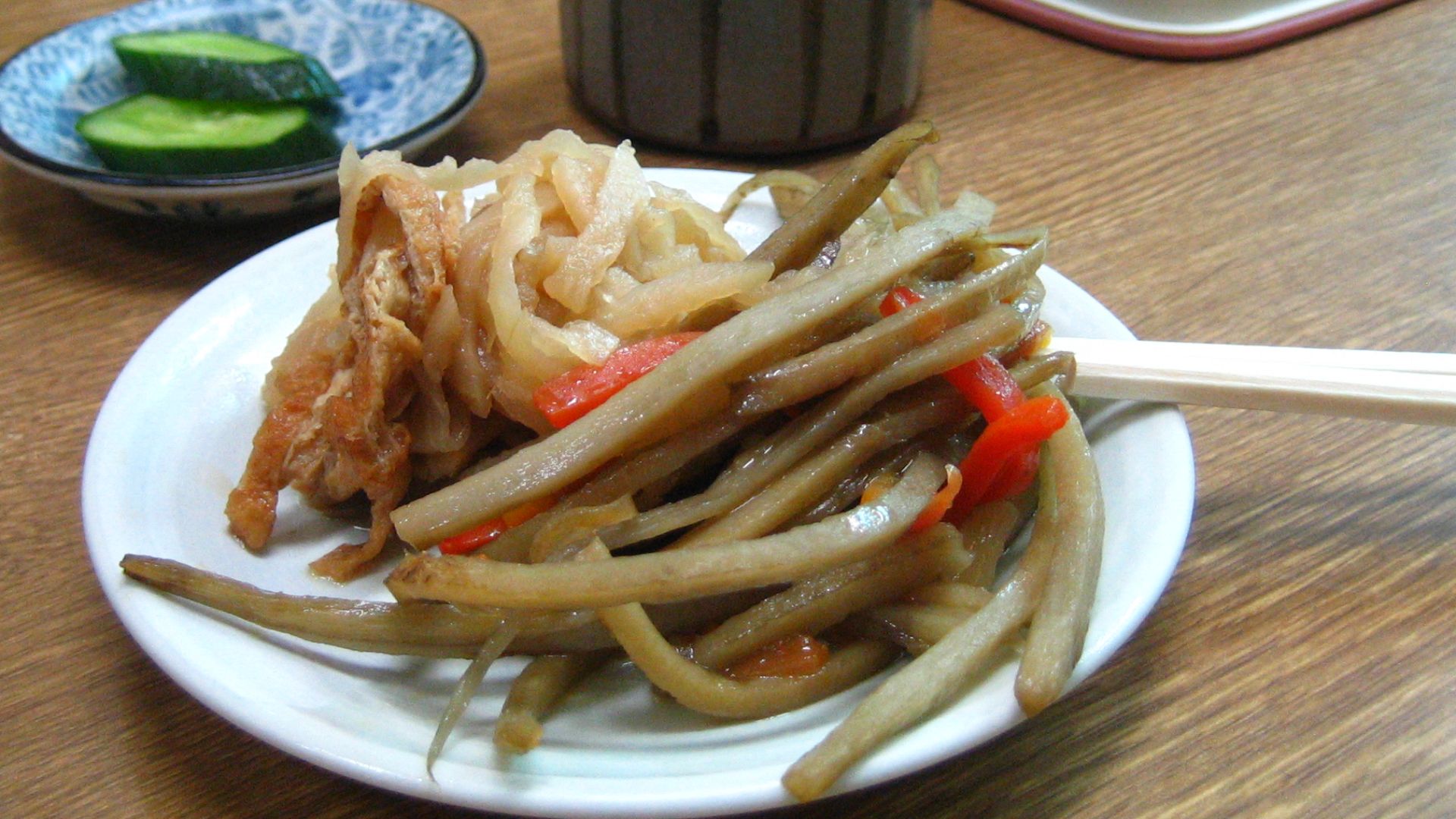 ayustety from Tokyo, Japan on Wikimedia
ayustety from Tokyo, Japan on Wikimedia
2. Natto
Though natto has an incredibly unappetizing appearance, this Japanese fermented soybean dish comes loaded with tons of health benefits. If you can get past its strong smell and sticky texture, you'll get to enjoy all of its rich vitamin K2 content, which is known for supporting bone, brain, and cardiovascular health. On top of that, it's also a good source of protein, fiber, and probiotics.
3. Moringa Leaves
Mainly used in South and Southeast Asian cooking, moringa leaves are often added to soups, stews, and curries. They might not look like much, but they're nutritional powerhouses that offer many important vitamins and minerals like calcium and iron. They've even been studied to help with lowering blood pressure and preventing cancer risks.
4. Bitter Melon
With bitter already in its name, at least you know what you're in for. Used in Filipino, Indian, and Chinese cooking, bitter melon has an unpleasant taste but is eaten for its health capabilities. High in vitamin C, folate, and fiber, this vegetable can help with improving digestive health, disease prevention, and reducing blood sugar levels.
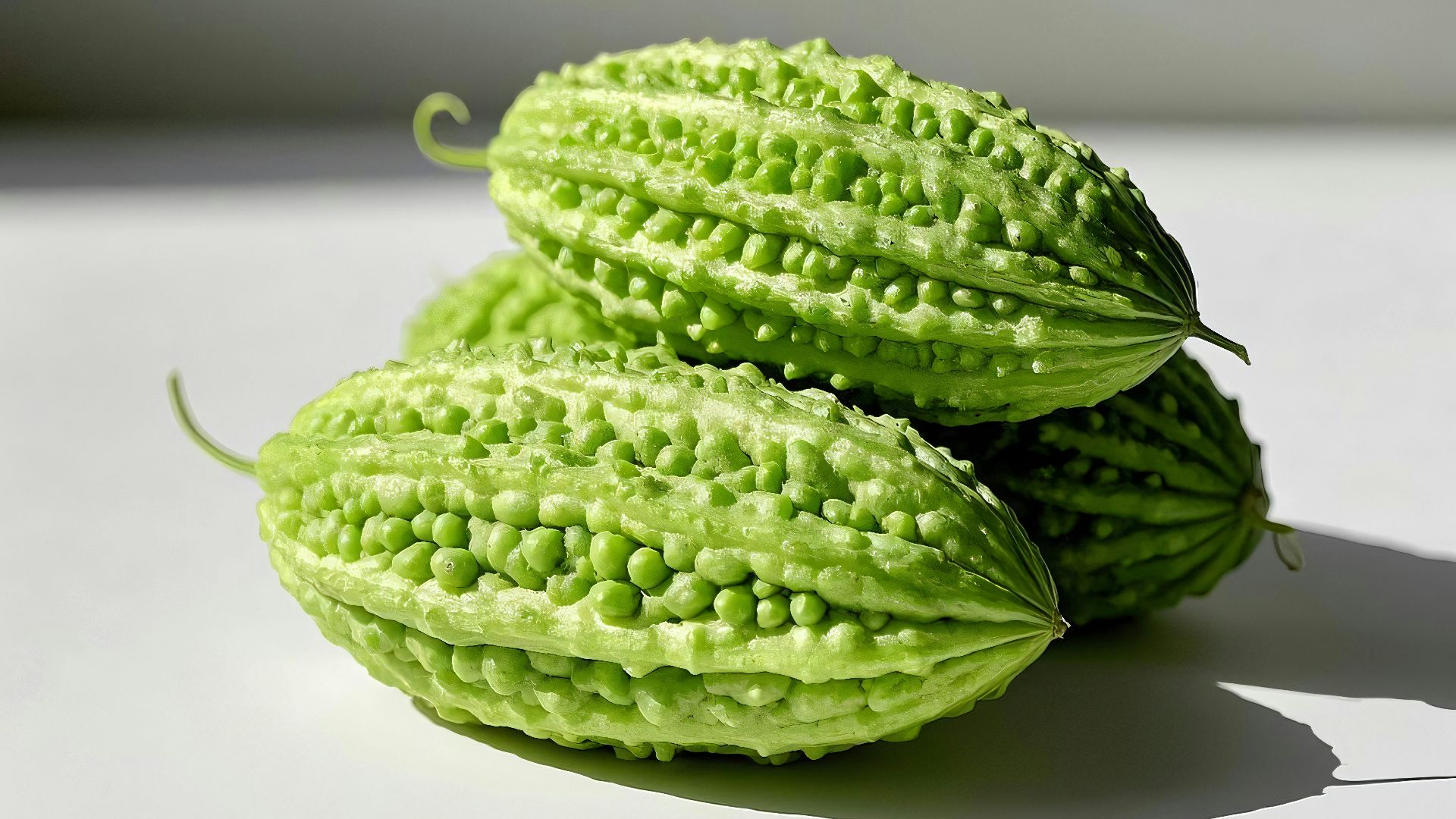 Novariandy Chandra on Unsplash
Novariandy Chandra on Unsplash
5. Sea Grapes
No, sea grapes aren't like the fruit, they were simply named after their appearance. Resembling tiny green caviar, sea grapes are actually a type of edible seaweed from Japan that are high in iodine, potassium, magnesium, and fiber. Not only are they low calorie, but their nutrients benefit heart, skin, and brain health too.
6. Tempeh
Looking for new meat alternatives? Originating in Indonesia, tempeh is a fermented soybean cake with a meaty texture that's also highly nutritious. Easy to digest and rich in goodies like probiotics, calcium, and protein, tempeh has been studied to benefit cholesterol and blood sugar levels as well.
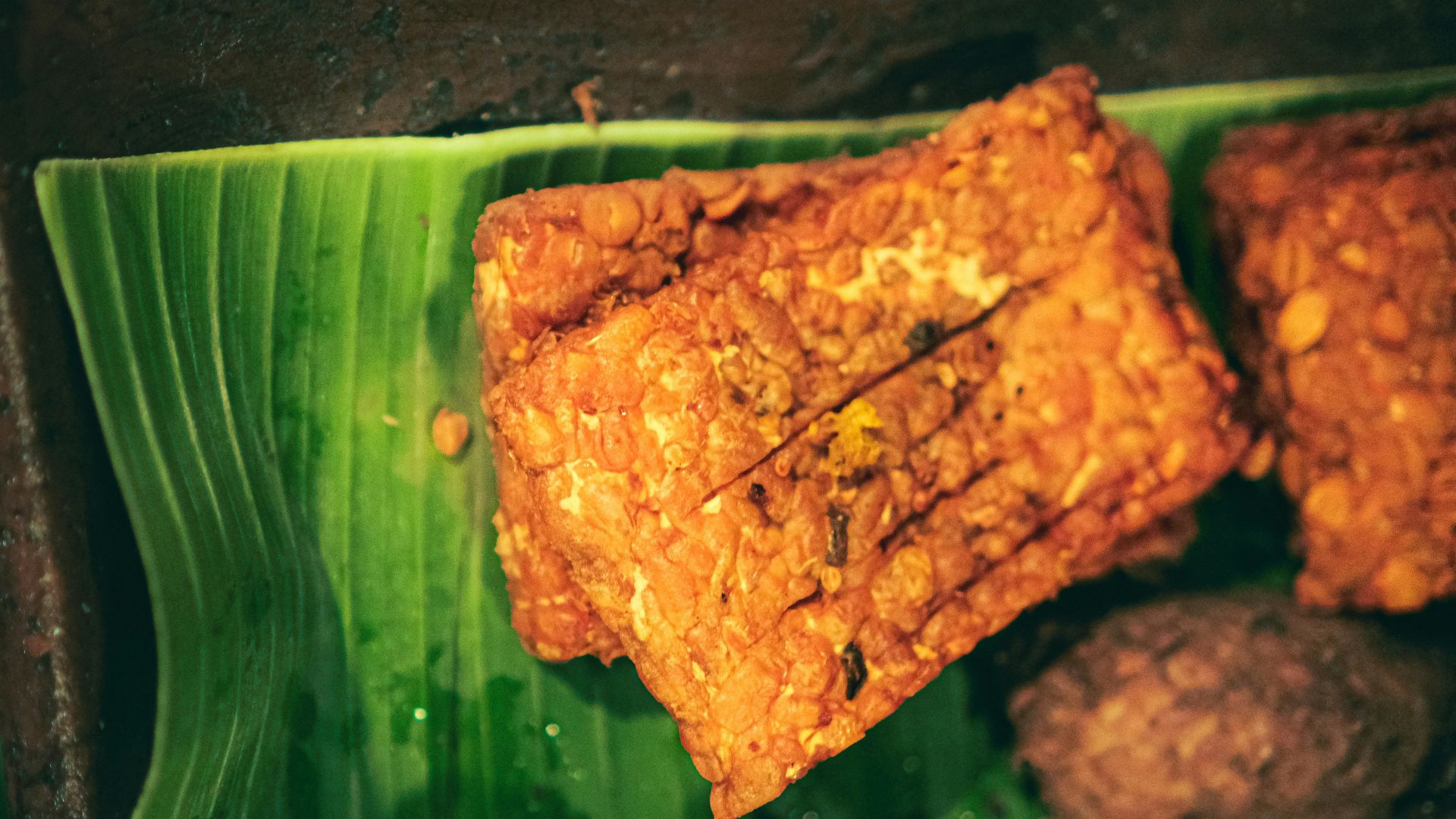 Fairuz Naufal Zaki on Unsplash
Fairuz Naufal Zaki on Unsplash
7. Lotus Root
Used in many Asian cuisines, lotus root isn't just pretty, it's healthy and tastes good too. It has a mildly sweet flavor with a fun crunchy texture that might become a new favorite. And with it being so high in vitamin C, potassium, and antioxidants, we definitely recommend tossing it into stir-fries and soups for an added boost to your immune and digestive health.
8. Wood Ear Mushrooms
With their jet-black color and funky appearance, wood ear mushrooms might seem a bit scary, but they're commonly used in Chinese cooking. Low in calories while being high in iron, potassium, fiber, and much more, eating these can help with reducing inflammation, lowering cholesterol, and boosting brain health.
9. Job’s Tears
Having an exceptionally strange name, Job's tears has a similar chewy texture to pearl barley and is used in porridges or stews in Chinese cooking. It's said to have incredible anti-inflammatory properties, used to potentially lower cholesterol and blood sugar levels and prevent cancer.
10. Perilla Leaves
Most commonly used in Korean and Japanese dishes to wrap meat or rice, perilla leaves offer many potential health benefits. Best known for their omega-3 fatty acid content, this helps to reduce inflammation, boost vision, and protect heart and brain health. They're even said to help relieve certain allergy symptoms!
11. Black Sesame Seeds
Used in both sweet and savory dishes in many Asian cuisines, black sesame seeds are more than just a garnish. Rich in antioxidants that protect your cells, protein that can help repair tissue and muscles, and various others, your entire body will get a boost. It's an added bonus that it has such a lovely deep and nutty flavor!
12. Ginseng
Although its mostly known for being used in Asian herbal medicines, ginseng can also be used in various dishes like soups and stews. And it's a good idea to do so given its associations with boosting energy, supporting immune health, and providing plenty of antioxidant and anti-inflammatories to the body.
13. Daikon Radish
When cooked down, daikon radish has a lovely soft texture that pairs well with many Asian soups and stews. This low-calorie vegetable contains many nutrients and antioxidants, all working together to help with weight management while reducing your risk of certain diseases.
14. Green Papaya
Though fruit isn't always welcomed in savory dishes, Thai som tam is a beloved salad that features green (unripe) papaya. With its tangy flavor and crunchy texture, you'll be so distracted by its explosive taste you'll forget about its powerful nutrients that can help improve digestion, skin health, and so much more.
15. Kangkong
Perhaps better known as water spinach, kangkong is a popular Filipino and Thai leafy green that's typically stir-fried or added to soups. It's known for being a good source of vitamins A and C, along with fiber and other minerals. It's great for your immune system, boosting eye, skin, and hair health too.
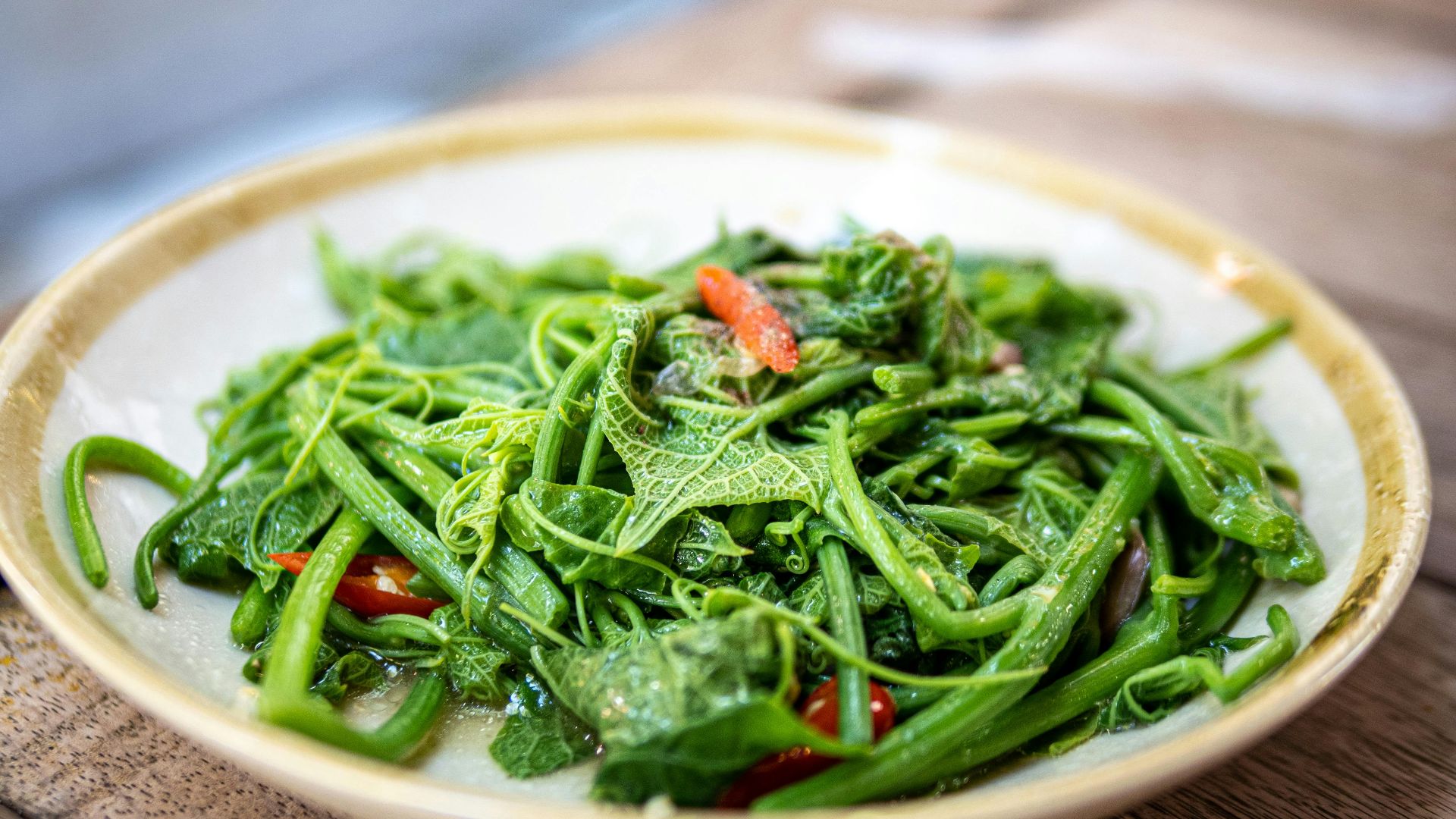 Likeboss lertpongsaporn on Pexels
Likeboss lertpongsaporn on Pexels
16. Taro Root
Capable of being cooked in both savory and sweet ways, taro root is a starchy and slightly nutty vegetable with tons of healthy goodies. Of course, if prepared with tons of sugar like in bubble tea or desserts, those health benefits completely disappear. But when cooked cleanly, taro root is known for being high in fiber, vitamins, and potassium.
17. Bamboo Shoots
If pandas love them so much, they must be good for you, right? Not often seen in Western cooking, bamboo shoots are nutritious veggies that are low in calories and fat. They're rich in copper, which promotes healthy brain functioning, along with fiber that helps with digestion.
18. Snake Gourd
Eaten primarily in South Asian countries, snake gourd has a scarier name than it lets on. This high-water content vegetable is great for boosting hydration, and has plenty of antioxidants and anti-inflammatories that are good for the body. It's believed to be a healthy food to aid in blood sugar regulation too!
19. Mung Beans
A staple when it comes to Indian, Chinese, and Southeast Asian cooking, mung beans might be small, but they offer a vast amount of health benefits. With a potential to reduce risk of diseases and cholesterol and blood pressure levels, it's all thanks to how rich they are in flavonoids, vitamins, fiber, and plenty of essential minerals.
20. Acorn Jelly
Looking for a great diet food? Acorn jelly from South Korea might be what you're looking for. Made from acorn starch, this jelly is naturally low in calories while containing lots of fiber and antioxidants. The best part is, its mild flavor makes it a wonderful foundation to absorb sauces and other flavorings.


